Affiliate links on Android Authority may earn us a commission. Learn more.
OPPO R5 Review
December 7, 2014
Oppo isn’t the most well-known outside of its home market, but things have been changing for the Chinese company over the last year or so. With some fantastic devices on offer that often come with some unique capabilities, OPPO has been pushing the boundaries in terms of design. One such device is the OPPO R5, which is, for now, the thinnest smartphone available, with an extraordinary thickness of just 4.85 mm. Does this design choice lead to compromises that cannot be ignored? We find out, and more, in this comprehensive review of the OPPO R5!
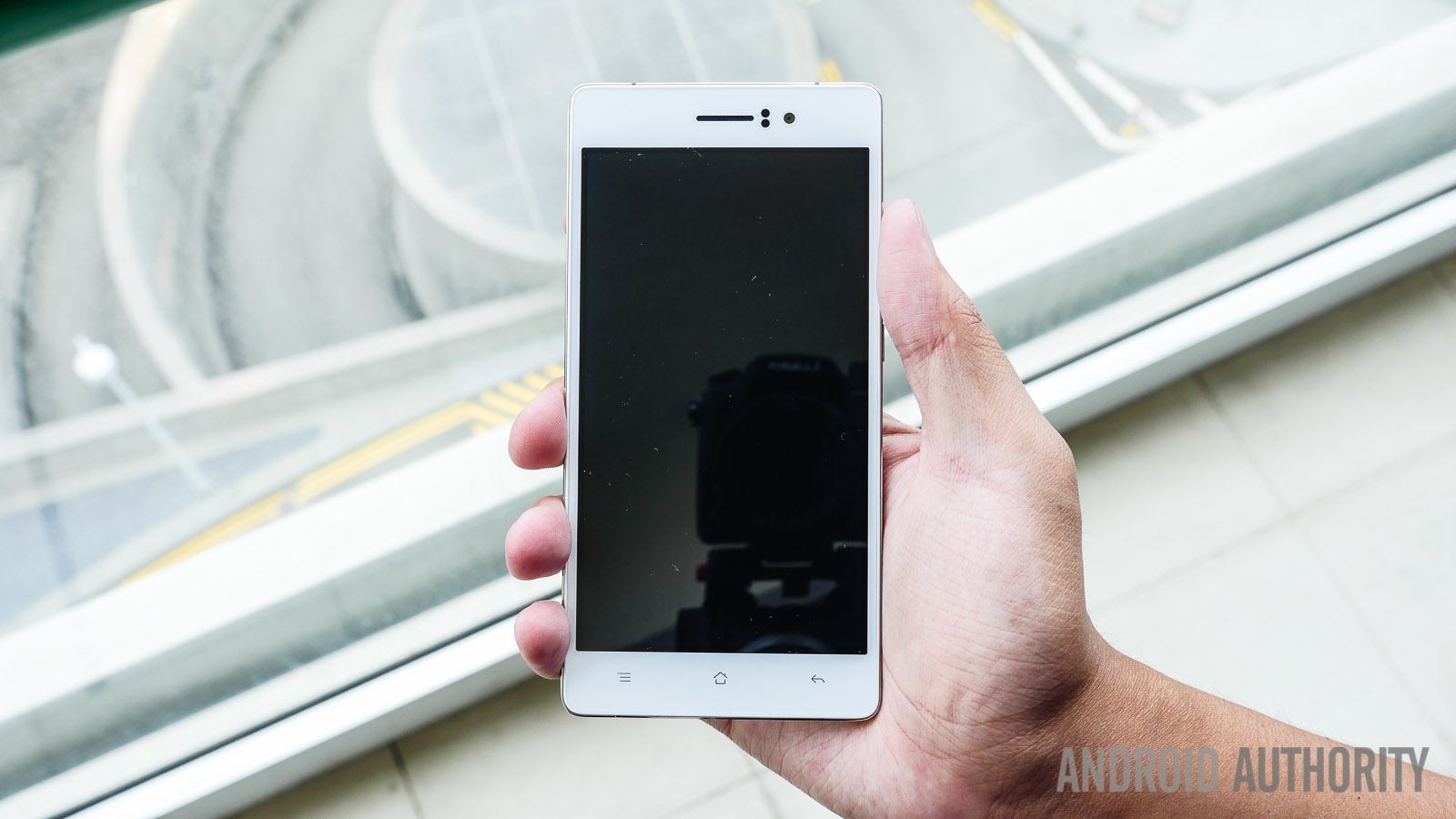
OPPO devices always come with a solid build quality, and the OPPO R5 is no exception. The R5 is made using very premium materials, with a full glass panel up front, along with metal sides and back, save for plastic inserts on the back cover, which are likely included to alleviate any network connectivity issues. In the hand, the phone feels extremely sleek, but is not too slippery, considering how much metal has been used. The flat sides ensure that the device is easy to hold on to, and grip isn’t a problem with the R5.
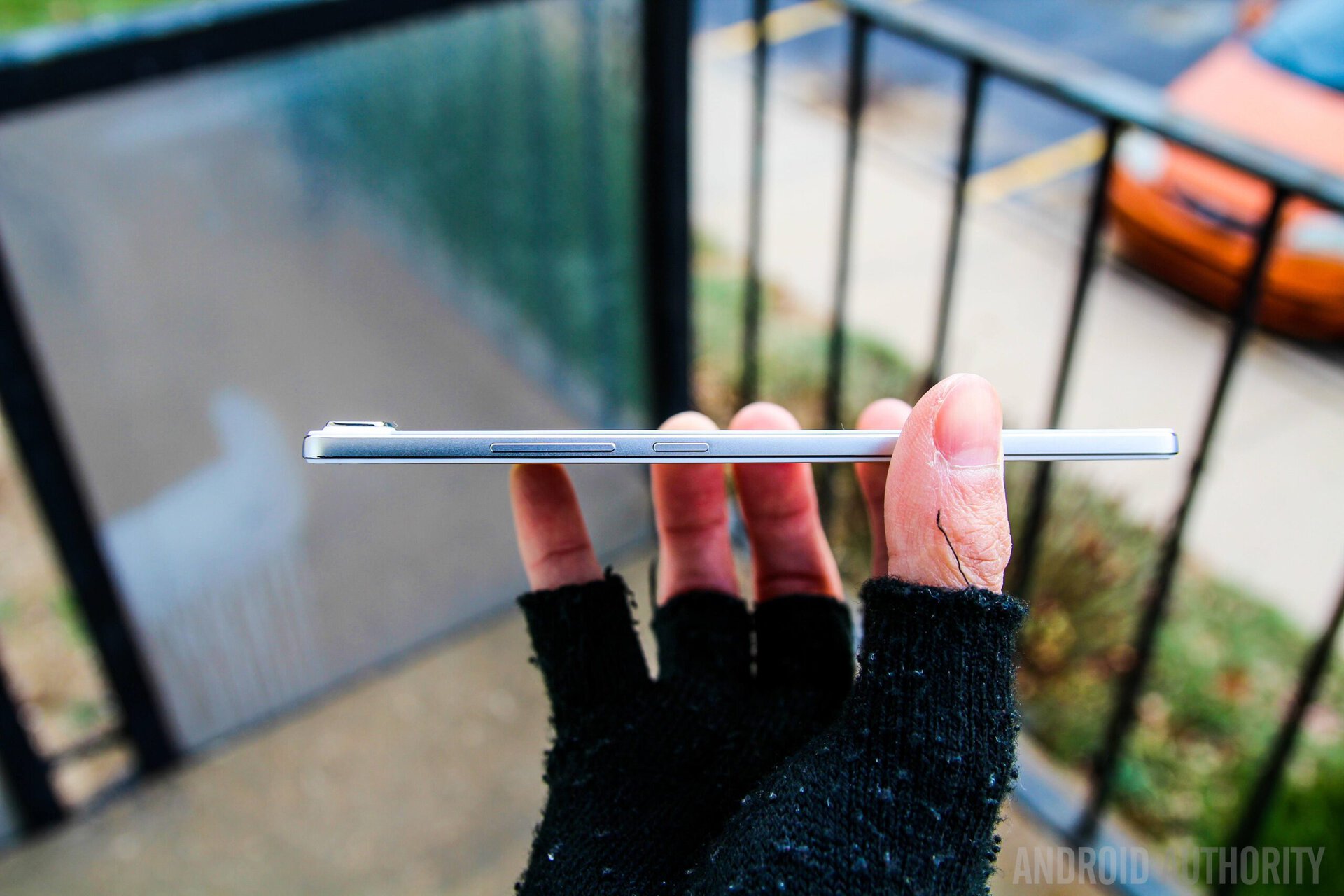
The big story with the OPPO R5 is of course its thickness, or rather, lack thereof. At just 4.85 mm thick, this is the thinnest smartphone currently available to consumers. This does result in the camera protruding quite significantly from the body though, which could cause some issues with durability, even if that hasn’t been a problem yet. If you are someone who likes texting while the phone is flat on a table, the back and forth rocking, because of the protruding camera, can get very annoying.

Going around the device, the volume rocker and power button are on the right side, and are easily reachable. The buttons are also made of metal and come with a solid click to them. On the bottom is the microUSB port and a microphone, and the SIM card slot can be found along the lower half of the left side. You may be wondering about the lack of a headphone jack and external speaker, which is the first compromise made to accommodate the ultra-thin design language. This is, of course, a conscious decision on the part of OPPO to go with form over function, but that doesn’t mean that listening to audio isn’t possible.
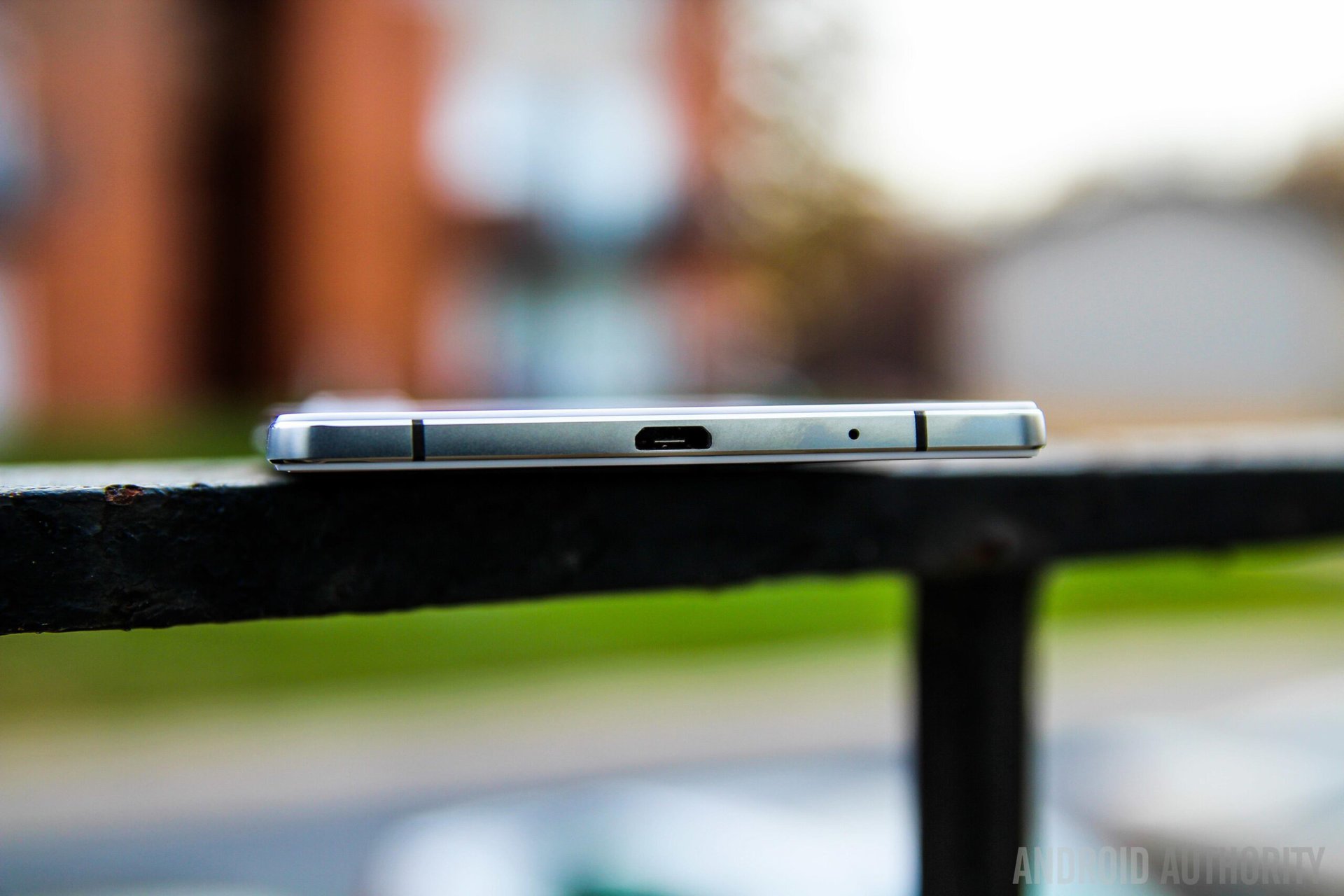
If you want to listen to music using earphones, you can still do so, but only with the proprietary earbuds that come with the device. These earphones plug directly into the microUSB port, and works and sounds just as if it was plugged into a headphone jack. Of course, the biggest downside here is you can’t use your own headphones with the device, until an adapter is available. While this earphones don’t offer the best audio experience available, it is still better than nothing at all. When it comes to an external speaker, the earpiece actually doubles as one. The quality is pretty average though, and doesn’t get too loud.

When it comes to the display, you get a 5.2-inch AMOLED display with a 1080p resolution, resulting in a pixel density of 423 ppi. Quad HD may be the future for smartphones, but there is little to complain about with the display of the OPPO R5. Colors are vibrant and saturated, viewing angles are great, and you get the deep blacks that you would with any AMOLED display. The display is capable of getting really bright, which is great for outdoor visibility, but it also gets pretty dim, so you don’t have to strain your eyes when trying to read at night.
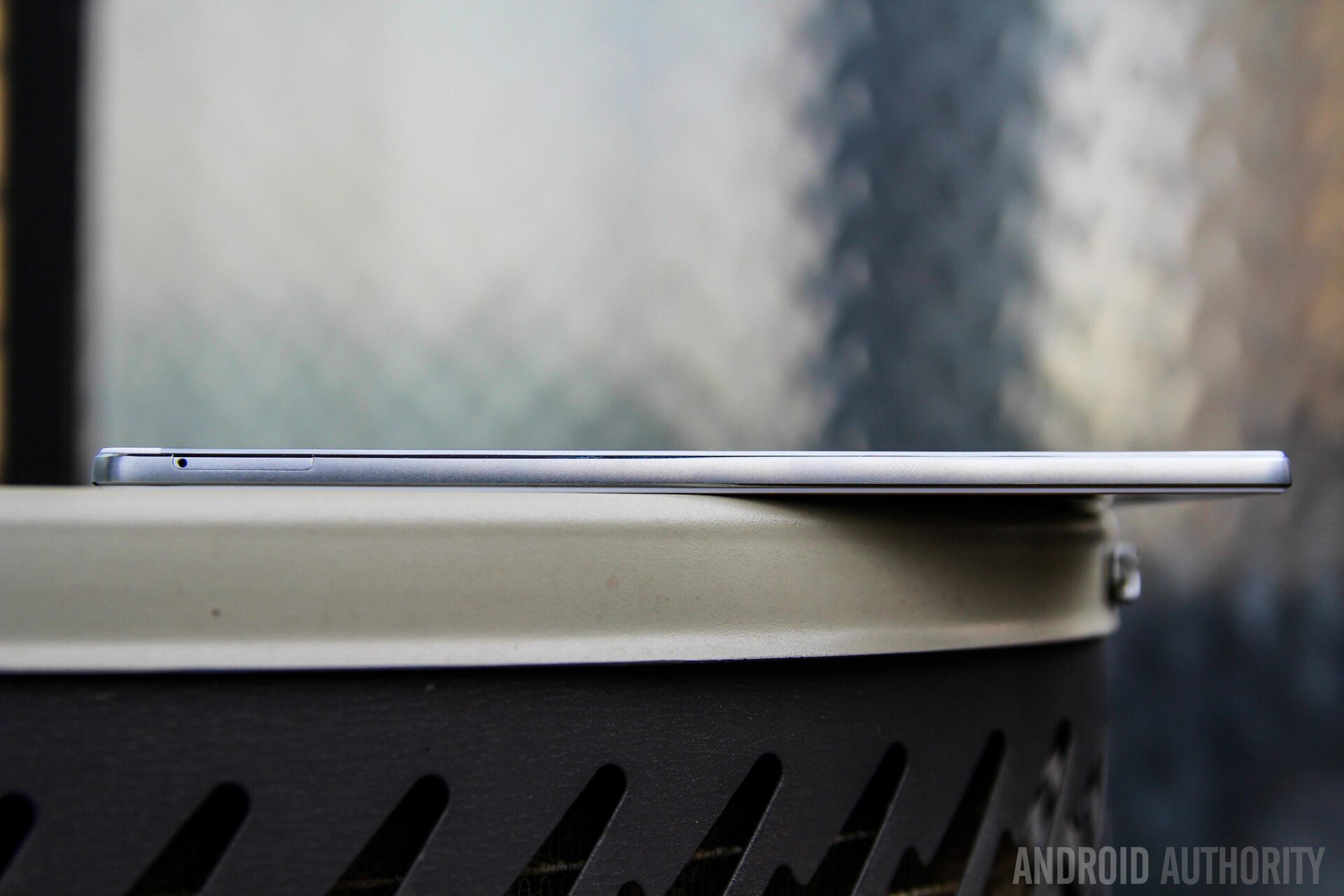
Under the hood, the OPPO R5 packs an octa-core Qualcomm Snapdragon 615 processor, along with the Adreno 405 GPU and 2 GB of RAM. The Snapdragon 615 is Qualcomm’s mid-range 64-bit processor, but since the software is still 32-bit, it doesn’t take full advantage of the processor. Regardless, performance is still impressive, with apps opening and closing quickly, smooth animations, and processor-intensive games working without dropped frames or lag.
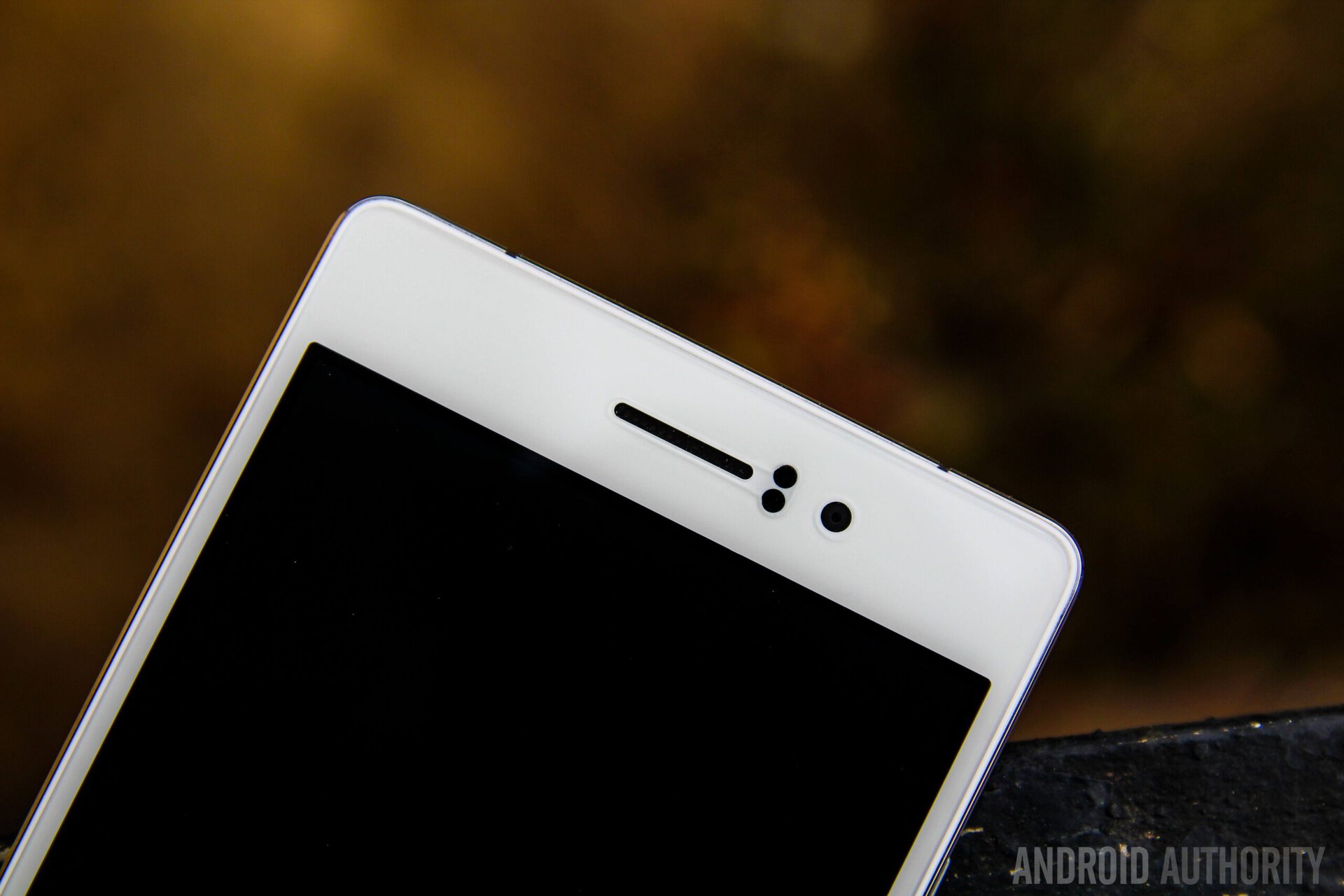
Multitasking is fine as well, but a little slow, due to the fact that you have to long press the menu button every time you want to access the Recent Apps screen, so this is a case of poor implementation, rather than poor performance. The only real problem with performance is with the keyboard. You cannot use third-party keyboards, as the device reboots every time you try to switch, and while this will likely be fixed with a future software update, it is still quite annoying nonetheless.
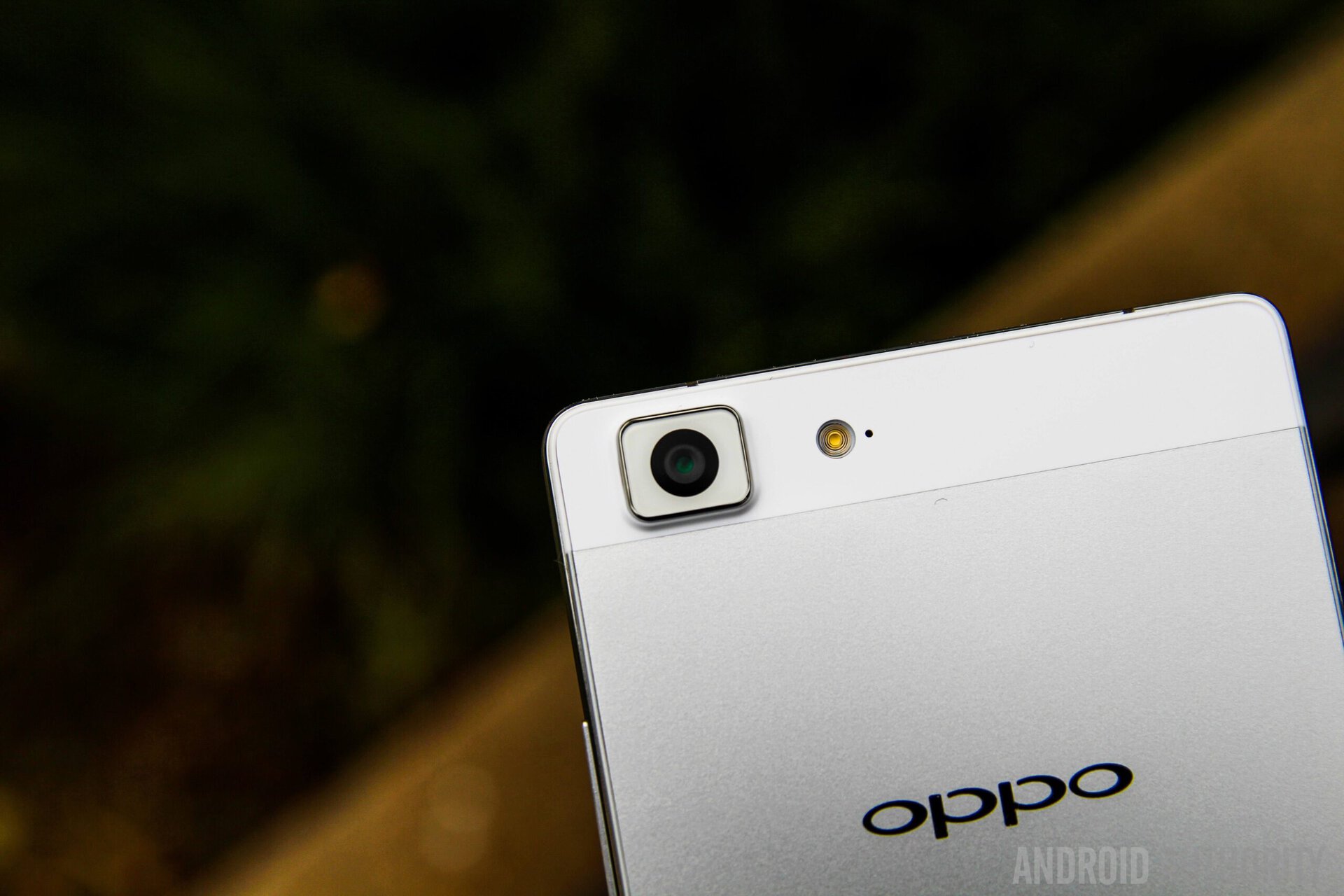
In terrms of the camera, you get a 13 MP rear shooter, with a Sony sensor, and a LED flash. The camera software interface is simple, clean, and intuitive. There isn’t much in terms of manual control, outside of expert mode, so taking photos and videos is relatively straightforward. The camera settings are tucked away in the bottom left corner, and there is a slide out panel on the right side for all your different shooting modes.
The app can get a little cumbersome to use though, especially while shooting in landscape orientation, as not everything on the screen rotates. For example, the camera settings stay locked in portrait, so every time you may want to change the settings, you will either have to read everything sideways, or flip the phone back into portrait orientation. The same occurs when using the beautify mode, where you’ll notice that none of the faces or text rotates to landscape, creating a very inconsistent and frustrating experience.
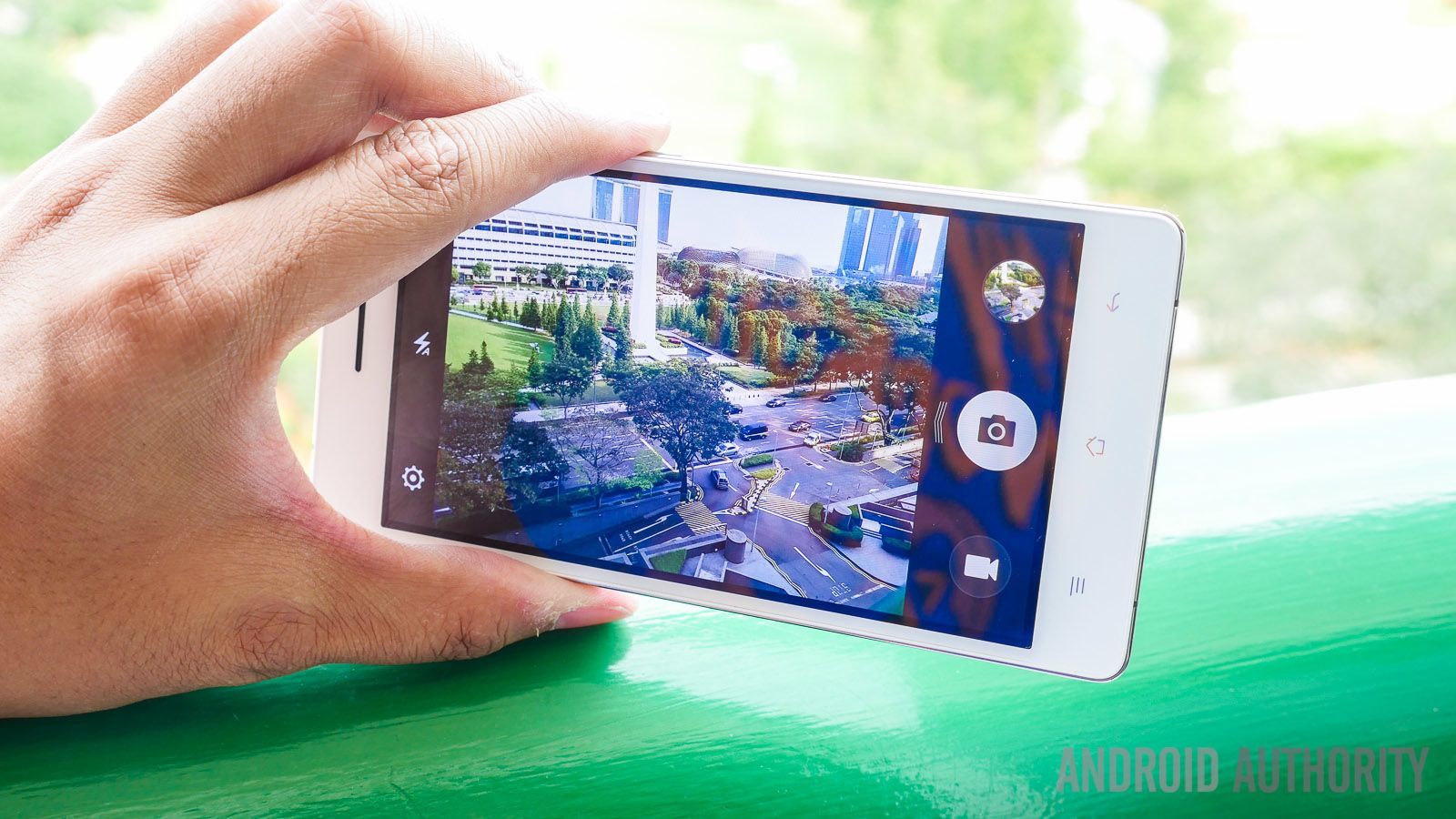
On the plus side, the camera does have a pretty fast shutter speed, so it is really easy to rapidly fire off some shots in succession. The picture quality is unfortunately not that impressive though. While 13 MP allows for plenty of detail, there is tendency of over exposure, resulting in a lot of overblown highlights. Indoor shots are certainly better, with a little more color and detail, but it definitely takes a few tries to get the perfect image.
Shooting in normal mode result in some poor looking low light shots, with an increase in noise levels and softer details, which is very surprising for a lens with an f/2.0 aperture. OPPO has included a slow shutter mode, that keeps the shutter open a lot longer to pull in more light, and it actually works quite well. Photos are brighter and sharper, with not as much noise, but you’ll need steady hands to avoid blurry photos.
ULTRA HD mode, that allows you to take 50 MP shots, has been a staple feature with OPPO devices, and makes a return with the R5. It is a neat software trick that stitches a series of images together, but it does work. The images are definitely sharper and with more detail, even if the camera takes a bit of time to process the image. This images are also quite big, so with only 16 GB of on-board storage, and no microSD expansion, you may run out of space.
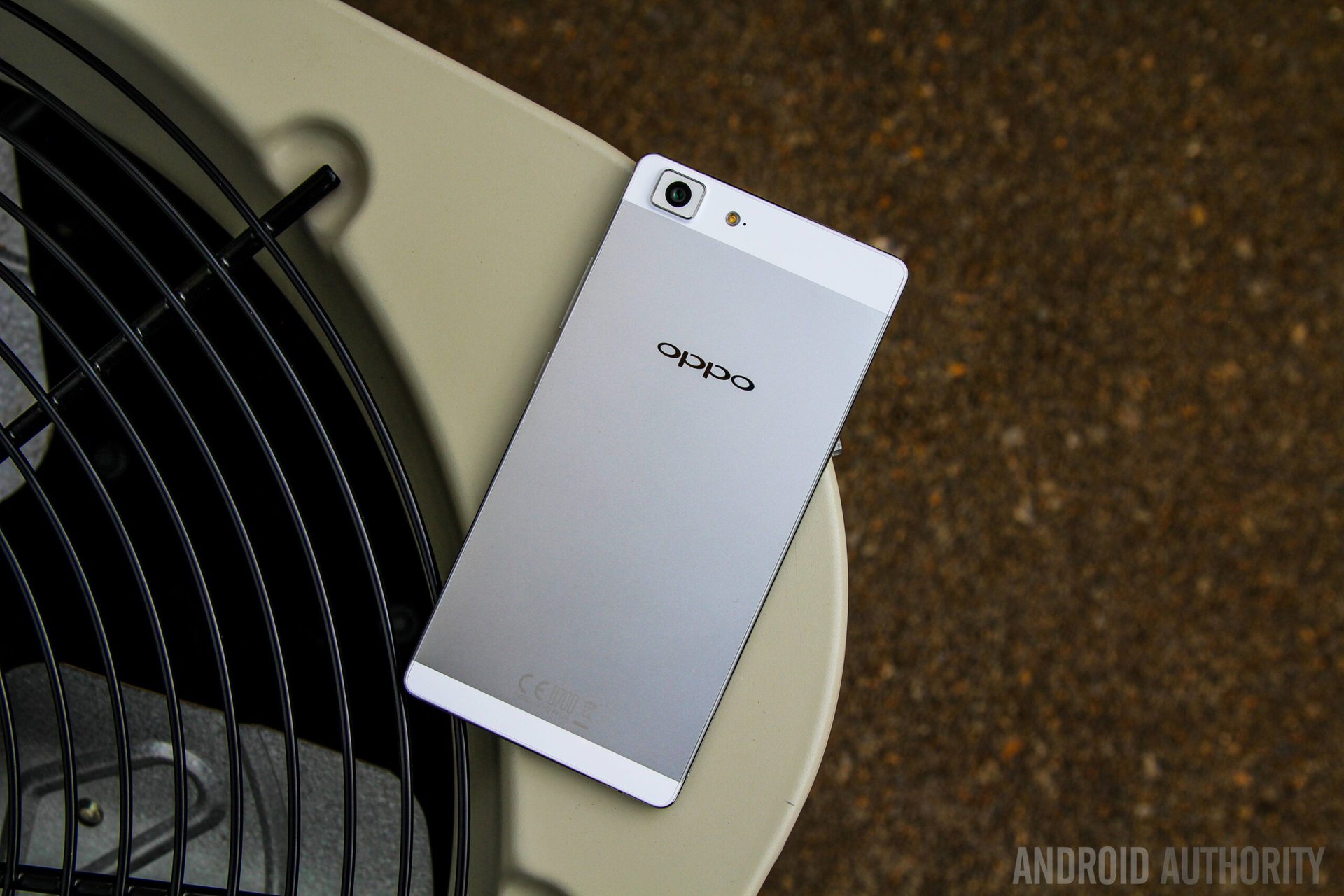
As mentioned, there have been some compromises made to allow for the slim form factor of the OPPO R5, and that is seen with the small, 2,000 mAh battery of the device. With the various phones I’ve got to use over the past few years, this is the first instance in which the battery life can unfortunately be described as terrible. I’ve managed to get only 10 to 12 hours of battery life with up to 2 hours of screen-on time, which really makes you wonder whether creating the thinnest smartphone was worth such a big negative.
The good news is that the R5 also comes with OPPO’s VOOC rapid charging technology, which promises a charge of up to 75% in just 30 minutes. I wasn’t able to test it out, as it wasn’t a US charger, but even with regular charging, the charging speed was quite fast.
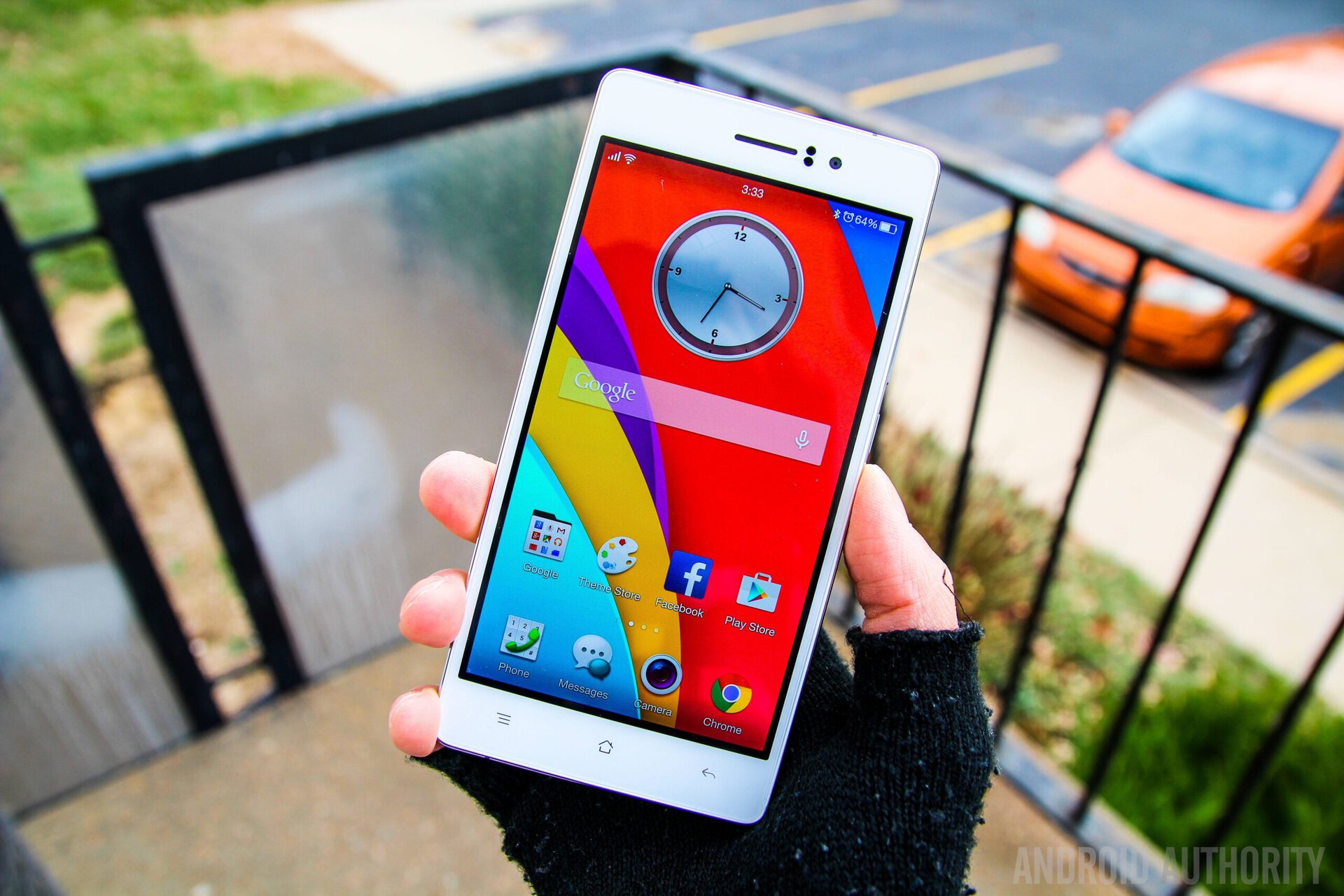
In terms of software, the R5 is running OPPO’s own ColorOS 2.0, based on Android 4.4 Kitkat. While the latest iteration of the ColorOS hasn’t changed that much in terms of aesthetics, the settings menu has taken on a much darker look, and the gesture panel has been moved to the bottom. The change in placement of the gesture panel is helpful, as you don’t have to worry about it accidentally opening it up while trying to access the notification shade.

The gesture panel still works like before, with some preset gestures for apps like the camera and flash already available, along with the option to create your own gestures for others. These gestures can also be triggered when the screen is off, allowing quick and easy access to the applications of your choice. As mentioned, the power button is positioned very nicely and is easy to reach, but the built-in tap to wake feature is also very handy.
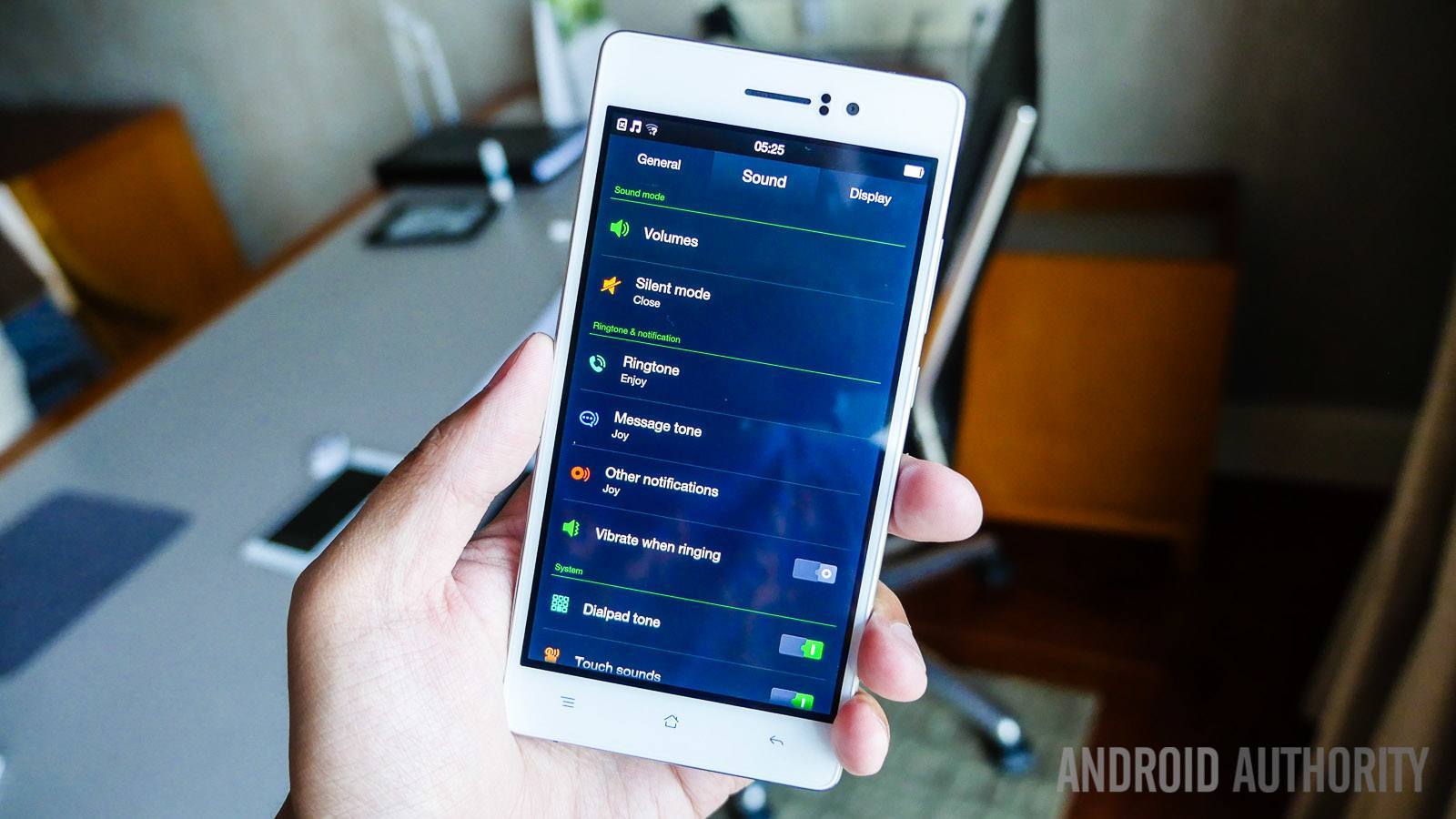
Other features include air gestures, that allows you to wave your hand over the phone to scroll through home screens and photos in your gallery. I found this to be extremely sensitive though, so much so that even tilting the phone slightly would trigger it, which means that I ended up keeping this feature turned off.
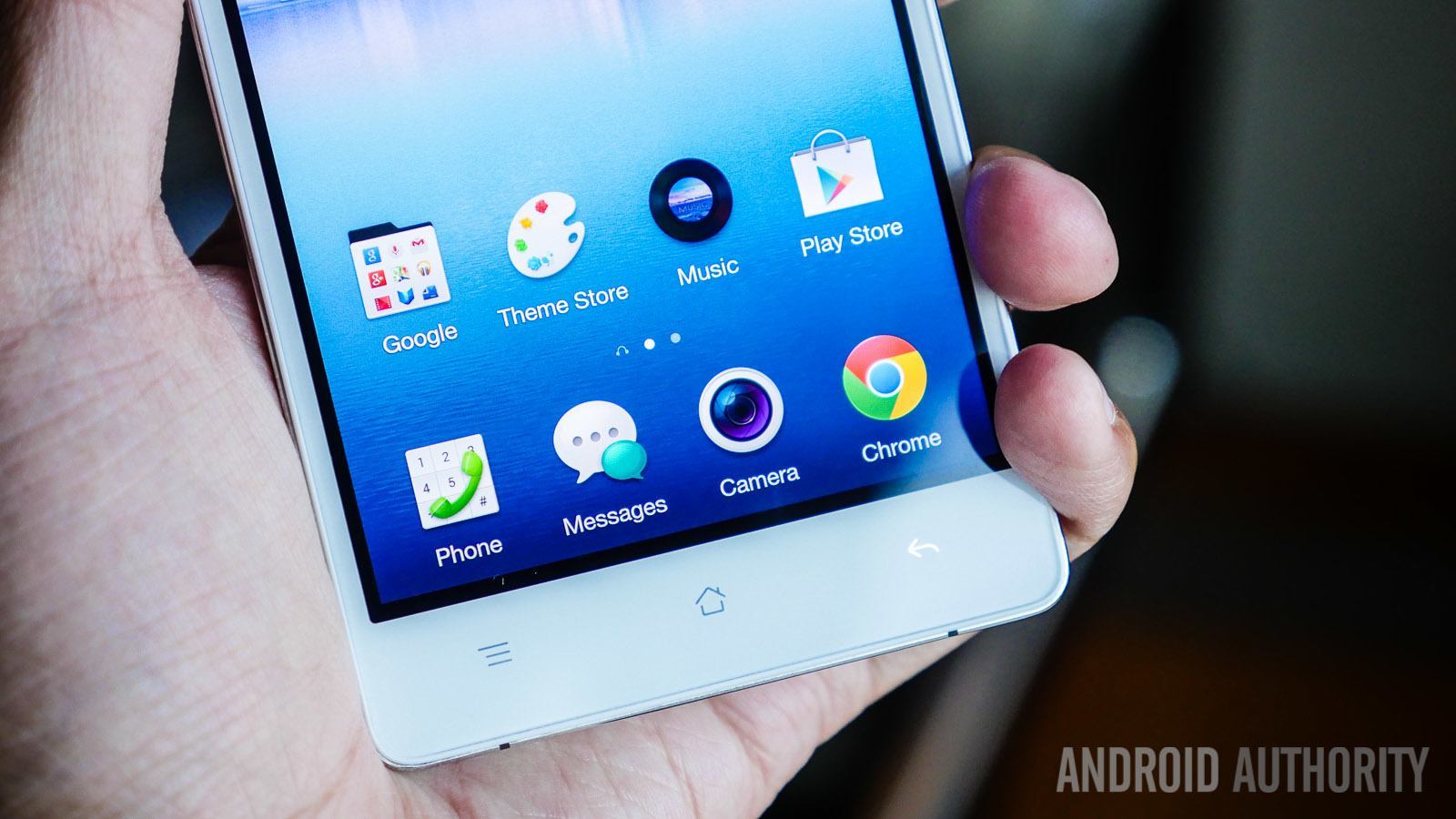
The theme app is probably one of my favorite features of the ColorOS. It allows you to change the look of the icons, folders, wallpaper, and lockscreen, so if you don’t like the default look, you can change it. It’s a very well fleshed out app, with a lot of themes to pick from, so you should be able to find at least a few themes that suit your tastes.
OPPO hasn’t set an official release date for the US yet, but when it does come out, it will likely cost around $500. Another thing to watch out for is that although the R5 does support 3G and LTE connectivity, there are different versions available that support different bands, so may need to check for the version that works best with your network carrier.
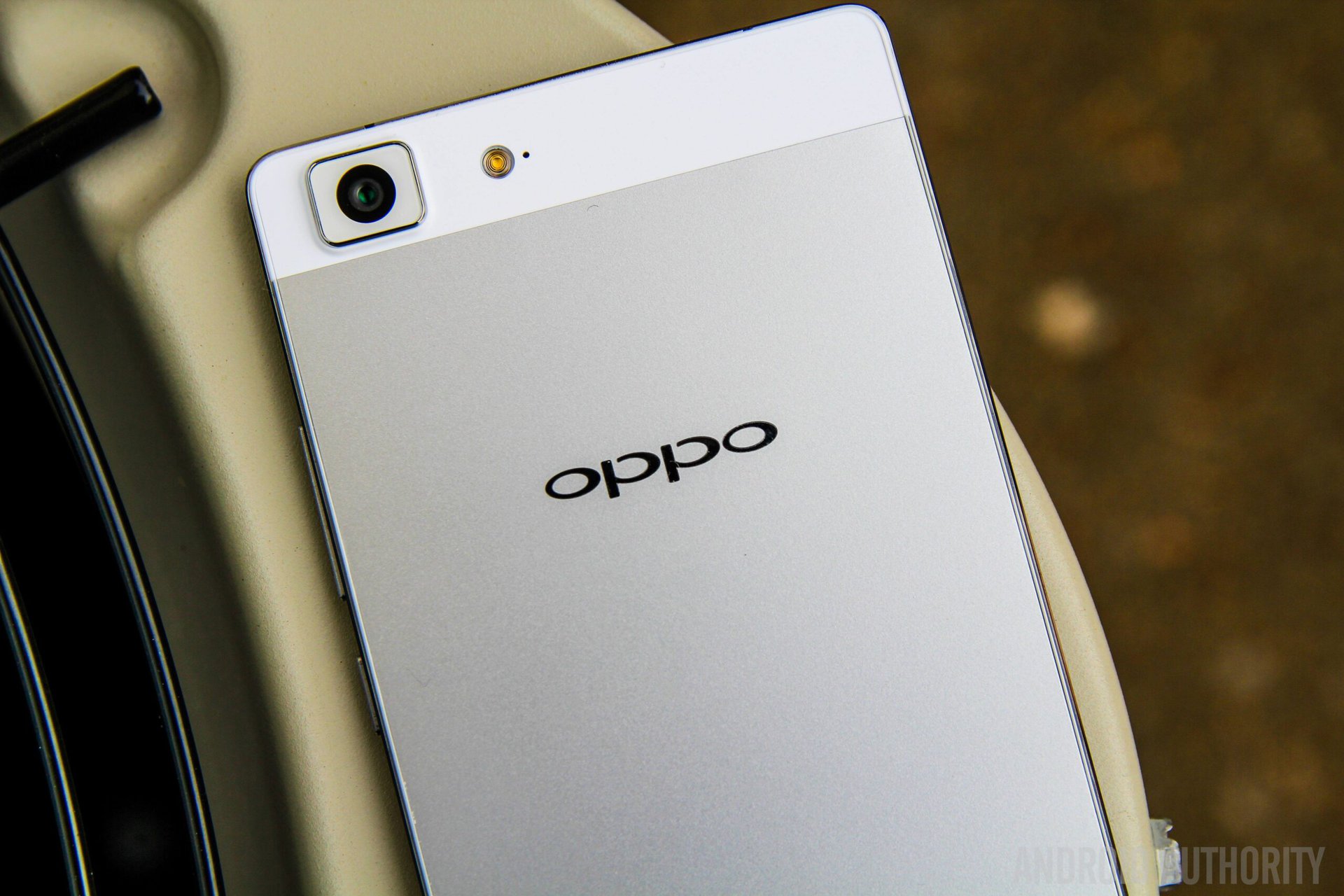
So, there you have it – the OPPO R5! There is no denying that the R5 is beautiful, very well made, and is one of the thinnest smartphones in the world. There have been a few compromises made along the way though. If you’re willing to excuse the lack a headphone jack and a dedicated external speaker, and can work around the less than desirable battery life, the OPPO R5 will certainly turn heads. Unfortunately for me, the compromises are just too great for the device’s good looks to overcome.
Thank you for being part of our community. Read our Comment Policy before posting.